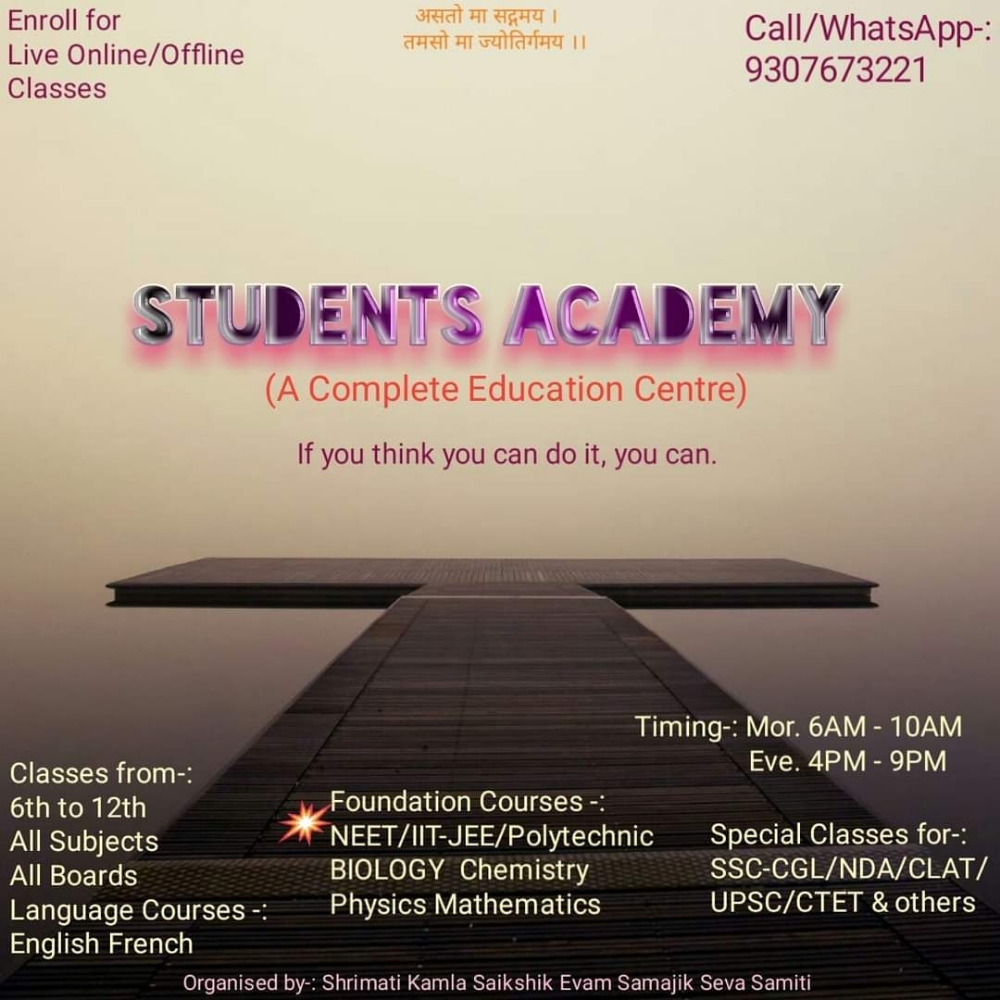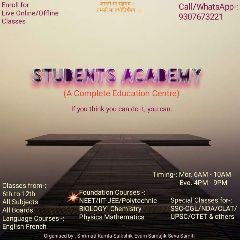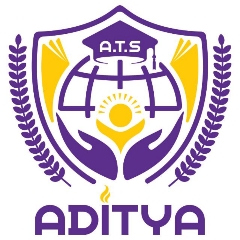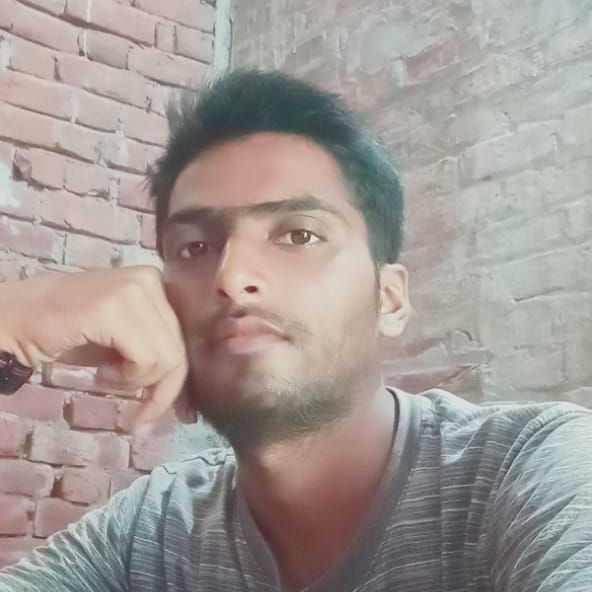Question 1 :
We eat food composed of all the nutrients such as carbohydrates, proteins, fats, vitamins, minerals and water. After digestion, they are absorbed in the form of glucose, amino acids, fatty acids, glycerol, etc. What mechanisms are involved in the absorption of digested food and water?
Question 2 :
If cells of onion peel and RBC are separately kept in hypotonic solution what among the following will take place?
Question 3 :
Which kind of plastid is more common in leaves of the plant?
Question 4 :
Lysosomes are called scavengers of the cell because they remove cell debris consisting of dead and worn out cell organelle by digesting the same. Is it true?
Question 5 :
Can you name the organelles we have studied that contain their own genetic material?
Question 8 :
Where do the lipids and proteins constituting the cell membrane get synthesized?
Question 9 :
When rheo leaves are boiled in water first and then a drop of sugar syrup is put on it, can we say that boiling shall kill the leaves?
Question 10 :
Name the organelle which show analogy written as: Power house of the cell.
Question 12 :
Plasma membrane is called selectively permeable membrane because it allows the movement of only selected molecules across it. State true or false
Question 13 :
A cell having equal water concentration to its surrounding medium will neither gain nor lose water to the external medium.
Is it true?
Question 14 :
Name the organelle which show analogy written as: Digestive bag of the cell.
Question 15 :
If the plasma membrane reptures or break down then the constant internal chemical composition of the cell will be lost and it will not be able to perform its basic functions. Is it true?
Question 17 :
If you are provided with some vegetables to cook, you generally add salt into vegetables during cooking process. After adding salt, vegetables release water. What mechanism is responsible for this?
Question 18 :
If the organisation of a cell is destroyed due to some physical or chemical influence, what will happen?
Question 19 :
Mitochondrion is known as the powerhouse of the cell because it contains enzymes that are needed for stepwise oxidation of food stuffs (carbohydrate, fats or lipids and proteins) present in the cells to $CO_2$ and water. Is it true?
Question 20 :
Name the organelle which show analogy written as: Storage sac of the cell.
Question 21 :
If the organization of a cell is destroyed due to some physical and chemical influence, it will not be able to maintain homeostasis and thus will not be able to perform basic functions ( such as respiration, obtaining nutrition ,etc. )and such a cell will ultimately die. Is it true?
Question 24 :
Which cell organelle controls most of the activities of the cell?
Question 26 :
Do you agree that a cell is the building unit of an organism?
Question 27 :
Which kind of plastid is more common in root of the plant?
Question 28 :
If there was no golgi apparatus, there would not be any lysosome for intracellular digestion and cleansing, not complexing of molecules, no exocytosis and no formation of new plasma membrane. Is it true?
Question 29 :
A cell having higher water content or hypotonic cell sap will undergo exosmosis and, therefore, lose water. It may undergo plasmolysis. Is it true?
Question 31 :
Carry out the following osmosis experiment:
Take four peeled potato halves and scoop each one out to make potato cups. One of these potato cups should be made from a boiled potato. Put each potato cup in a trough containing water. Now,
(a) Keep cup A empty
(b) Put one teaspoon sugar in cup B
(c) Put one teaspoon salt in cup C
(d) Put one teaspoon sugar in the boiled potato cup D.
Keep these for two hours. Then observe the four potato cups and Explain why water gathers in the hollowed portion of B and C.
Question 32 :
Carry out the following osmosis experiment:
Take four peeled potato halves and scoop each one out to make potato cups. One of these potato cups should be made from a boiled potato. Put each potato cup in a trough containing water. Now,
(a) Keep cup A empty
(b) Put one teaspoon sugar in cup B
(c) Put one teaspoon salt in cup C
(d) Put one teaspoon sugar in the boiled potato cup D.
Keep these for two hours. Then observe the four potato cups and Explain why water does not gather in the hollowed out portions of A and D?
Question 34 :
Which type of cell division is required for growth and repair of body?
Question 35 :
Name the organelles in plant cell that contain their own genetic materials and ribosomes.
Question 37 :
Cells are called as the structural and functional units of life because __________.
Question 38 :
Endocytosis is swallowing up of food and other substances (bacteria, viruses) from external medium by the plasma membrane. This is possible only when plasma membrane is in direct contact with external medium. It occurs only in animal cells. Is this true?
Question 39 :
Which kind of plastid is more common in flowers and fruits?
Question 40 :
Osmosis is diffusion of water from the region of its higher concentration (pure water or dilute solution) to the region of its lower concentration (strong solution) through a semipermeable membrane. Is it true?



























